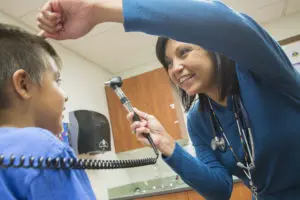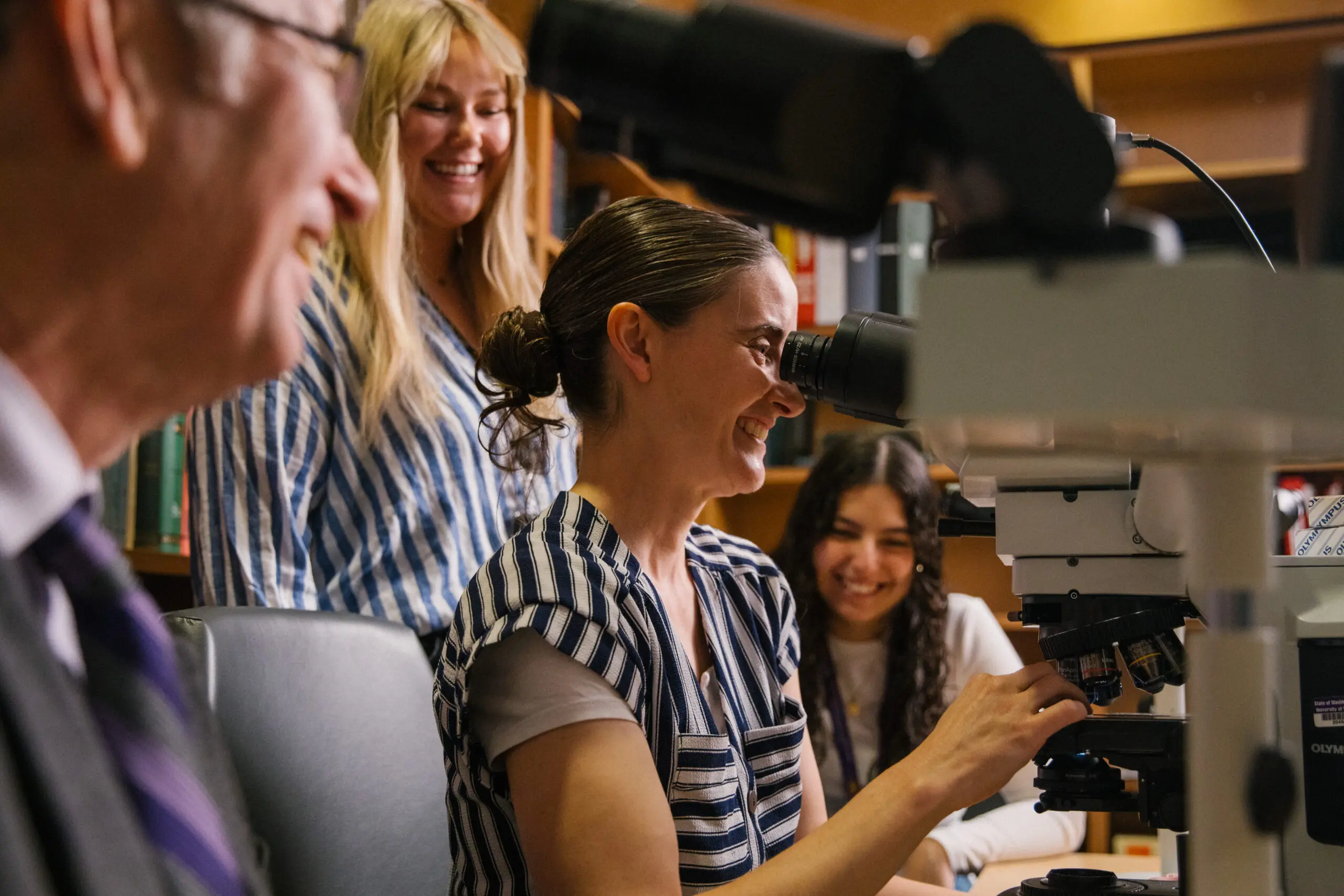I was bumbling through an ecosystem that’s been spotty at best — it depends on who’s running the country, how well the economy is doing, and who has the loudest voice. It’s not based on a value that says the people who take care of us at our most vulnerable times should be people who understand who we are. Historically, that value has never crossed people’s minds. [The people who were expected to become doctors] were always the people who could get the best education, who had the most access or who knew people and were connected. It wasn’t the girl from the reservation whose parents didn’t go to college.
So, I anticipate that as difficult as the events have been over the past year, and I’m talking about the pandemic as well as the social justice and racial justice issues that have occurred, I’m hopeful that medicine can really start to unpack these lessons and figure out how we can be more welcoming to students from different backgrounds. I hope it begins to make sense that the people who take care of us at our most vulnerable times understand who we are because they come from the same places we do.
Why do you think that applications to medical schools nationwide have soared during the pandemic, including from those underrepresented in medicine?
It was surprising to us in admissions! We had a record number of applications this season, including from communities underrepresented in medicine. It would be nice to think that it was just the “Fauci Effect” where people suddenly feel compelled to do good in the world. But knowing how admissions work, all the people who applied this past season started the process before the pandemic occurred.
I think there were many people who were working on their applications, but maybe they had plans to do another year of research or to do some volunteer work or take a growth year. But as the pandemic unfolded, they recognized that their plans weren’t going to happen, so they applied to medical school instead.
It also appears to be a more diverse pool of applicants. This could be because some barriers were reduced or eliminated. For example, to take the MCAT [the Medical College Admission Test] is very expensive, but the MCAT provider changed its criteria for fee assistance knowing many were struggling financially during the pandemic.
Some schools like ours eliminated the requirement to have an MCAT score because people felt unsafe going into a testing center. We also eliminated our secondary application fees. These decisions were made using the guiding principles of health and safety, equity and consistency across the entire WWAMI five-state region and they were certainly instigated by the pandemic. These changes continue in the upcoming 2022 cycle and we will re-evaluate again for the 2023 admission cycles and beyond using these same principles.
Within the Hidden Barriers episode “Opening the Doors to Medical School,” they mention that some schools are evaluating life experience more heavily than test scores and that this is increasing diversity. Is this something that UW School of Medicine is doing?
UW School of Medicine was an early adopter of the holistic review approach to admissions. This means that for more than a decade we have used a mission-aligned selection process that considers the whole applicant, balancing applicants’ experiences, attributes and academic metrics as well as what unique and important contributions applicants might bring to the learning environment and the practice of medicine.
We recognize that it takes more than good grades and test scores to succeed in medical school and as a physician, and that starting points and support structures are not equal for all applicants. Our committee is interested in learning applicants’ stories, understanding their journeys and matching those with the mission and needs of the School and our region.
What other things can we do to improve and encourage diversity within our medical school?
There’s not one thing we can do that will improve diversity. My job requires me to report on numbers, data and demographics. I do because I know that’s how many things operate, but it’s more than that. It’s about the stories of our students. And how these stories will change the dynamic of our medical school. And they already have. But change can be hard. It comes with people asking hard questions and challenging the way things have always been done. So, you get a little push back.
I prefer to think of medicine and medical education as an ecosystem, rather than a pipeline. I focus on the admissions piece of the ecosystem so that the next generation can fertilize the soil for those who come after them. A pipeline works, too. I’m a product of a pipeline system. But I could’ve fallen out, or there could’ve been a leak, pipelines break and then who knows where I would’ve been. So, it’s much more than just numbers.
And everyone has a responsibility. Not just me, not just the student affairs people, not just the dean of the medical school — it’s up to all of us. Everyone in medicine has something to offer and has the capacity to cultivate our ecosystem and make it healthy.
Written by Eleanor Licata


